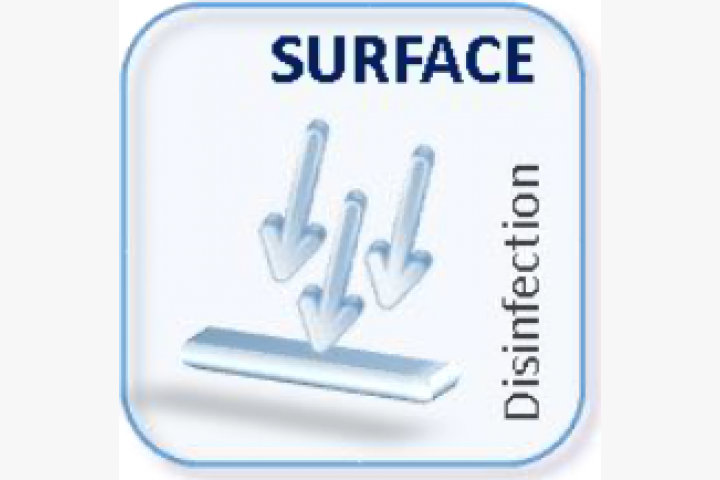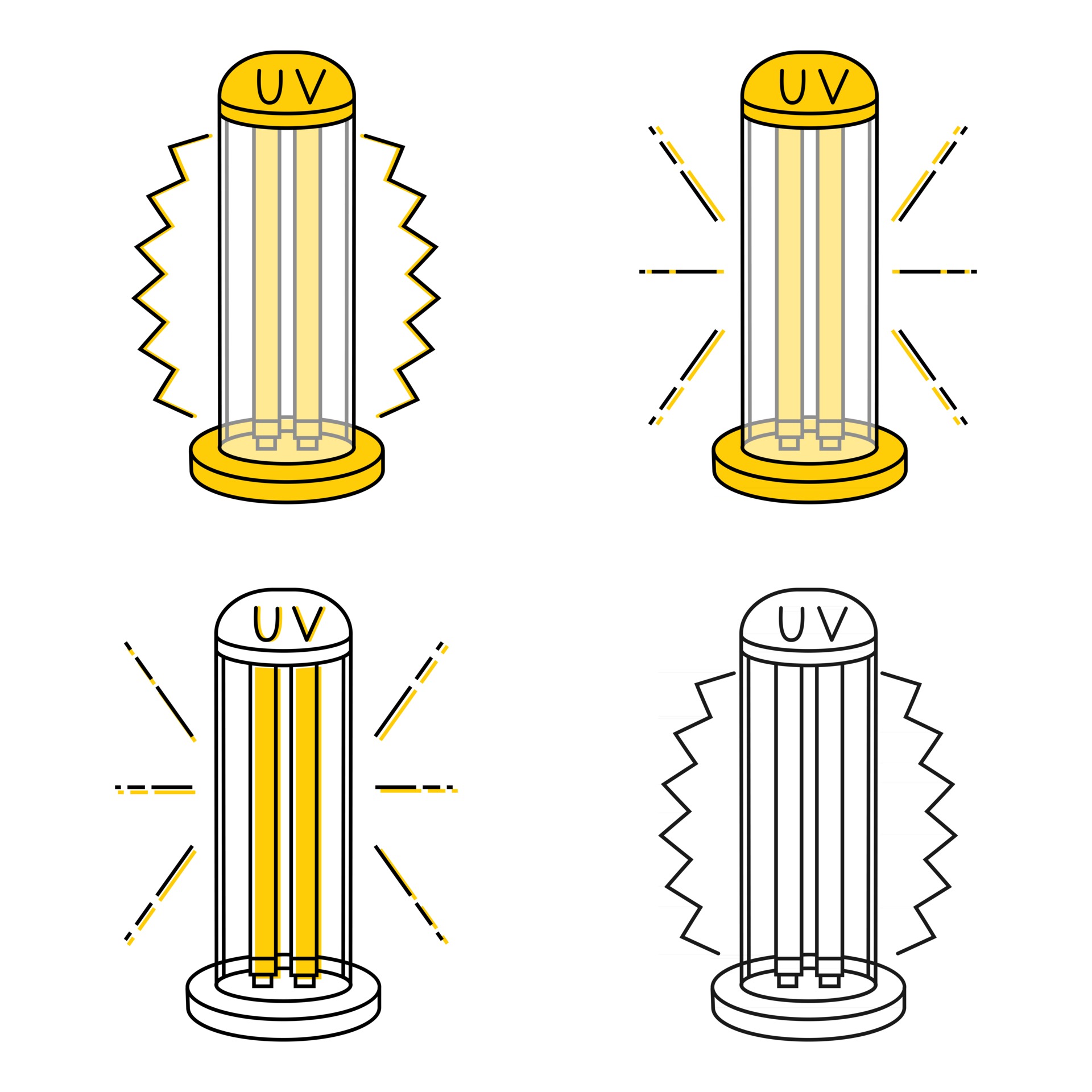Much UVC Light: A Game-Changer in the Battle Against Airborne Pathogens
In the ever-evolving battle versus airborne pathogens, the appearance of much UVC light has sparked substantial passion and capacity. This innovative modern technology, taking advantage of a certain series of ultraviolet light, holds the assurance of changing how we battle the spread of unsafe bacteria in various settings. Its special buildings and prospective applications have garnered focus from researchers, researchers, and public health professionals alike. What specifically is far UVC light, and just how does it work? In this discussion, we will certainly explore the science behind this game-changing modern technology, explore its benefits, and analyze its future implications in the continuous battle against air-borne virus.
The Science Behind Far UVC Light
The scientific principles underlying using Much UVC light as a possible service for combating airborne microorganisms are both appealing and complex. Much UVC light describes a particular series of ultraviolet (UV) light wavelengths, generally between 207 and 222 nanometers, which have actually been located to effectively kill or suspend bacteria such as infections and bacteria. Unlike conventional UVC light, which has a shorter wavelength and is understood for its germicidal properties but can likewise hurt human skin and eyes, Far UVC light has actually been revealed to be secure for human direct exposure.
The key mechanism behind the effectiveness of Far UVC light lies in its capability to permeate and ruin the hereditary product of microbes, including their DNA and RNA. When revealed to Far UVC light, the genetic material undergoes a procedure called photodimerization, where surrounding bases in the DNA or RNA particle bind with each other, avoiding replication and making the bacterium not able to create or reproduce infection.

How Much UVC Light Works
Much UVC light runs by utilizing details ultraviolet wavelengths to successfully neutralize microbes and prevent their duplication, making it an appealing solution for combating airborne virus. Unlike traditional UVC light, which is hazardous to human skin and eyes, much UVC light has shorter wavelengths, normally in the variety of 207 to 222 nanometers (nm), that do not pass through the outer layer of the skin or the tear layer of the eye. This makes it secure for constant human direct exposure, while still being lethal to viruses and bacteria.
The performance of far UVC light depend on its capacity to permeate and damage the DNA and RNA of microbes. When exposed to much UVC light, the hereditary material of these microorganisms is harmed, rendering them not able to reproduce and infect cells. Furthermore, researches have shown that much UVC light can properly inactivate airborne infections, such as flu, measles, and coronaviruses, including SARS-CoV-2, the virus in charge of COVID-19.
In addition, far UVC light is also with the ability of sanitizing surface areas and objects in an enclosed space. By setting up much UVC lighting fixtures or making use of portable far UVC light devices, it is possible to constantly sanitize the air and surface areas, lowering the threat of airborne transmission of pathogens.
Advantages of Far UVC Light
Utilizing much UVC light offers a variety of substantial advantages in combating air-borne virus and guaranteeing a safer setting for constant human direct exposure. Among the key advantages of far UVC light is its capacity to efficiently neutralize numerous types of harmful microorganisms, infections, and fungis without creating damage to humans. Unlike standard UV light, which can be harmful to human skin and eyes, far UVC light has a shorter wavelength that enables it to target and destroy virus while posturing marginal risk to human health and wellness.

Additionally, much UVC light is much more secure for the environment contrasted to traditional disinfection techniques. Chemical anti-bacterials often include dangerous active ingredients that can have adverse effect on the environment. Far UVC light, on the other hand, does not create any type of unsafe results or deposits, making it a more sustainable and environment-friendly remedy.
Applications of Far UVC Light
Much UVC light has proven to be effective in removing airborne virus such as infections, fungi, and germs. Unlike traditional UV light, much UVC light is safe for human direct exposure, my sources making it suitable for constant usage in public spaces such as schools, healthcare facilities, and workplaces.
One more application of much UVC light remains in the healthcare market. It can be utilized to decontaminate medical facility spaces, running cinemas, and medical equipment, minimizing the threat of healthcare-associated infections. Additionally, far UVC light can be incorporated into a/c systems to detoxify the air circulating in buildings, offering an added layer of security against airborne microorganisms.
In addition, much UVC light can be made use of in the food industry to avoid foodborne diseases. It can be utilized to sanitize food handling centers, eliminating microorganisms and various other microbes that might pollute foodstuff.
Future Effects of Far UVC Light
The potential future applications of far UVC light are huge and hold assurance for various sectors and sectors. One of the essential areas where far UVC light might have a considerable effect remains in medical care setups. Facilities and medical facilities might use much UVC light to decontaminate individual areas, operating movie theaters, and waiting locations, lowering the threat of healthcare-associated infections - far-uvc. This can possibly cause improved client outcomes and decreased medical care prices.
Additionally, the use of much UVC light in public spaces such as airport terminals, train Go Here stations, and shopping center might aid manage the spread of air-borne microorganisms. By continuously sanitizing these areas, the danger of transmission could be dramatically minimized, providing a more secure environment for people.
Another prospective application of much UVC light is in the food market. Far UVC light can be utilized to decontaminate food preparation surfaces, product packaging materials, and storage space locations. This could assist protect against the contamination of food and decrease the event of foodborne illnesses.
Furthermore, far UVC light might be utilized in cooling and heating systems to sanitize the air flowing in buildings. This can be especially valuable in congested rooms such as cinemas, institutions, and workplaces, where the threat of airborne transmission is greater.
Final Thought
In conclusion, far UVC light has emerged as a game-changer in the fight against airborne pathogens. From public spaces to medical care settings, much UVC light deals many benefits in decreasing the transmission of diseases.
Much UVC light refers to a specific range of ultraviolet (UV) light wavelengths, generally between 207 and 222 nanometers, which have actually been discovered to effectively eliminate or suspend bacteria such as microorganisms and infections. far-uvc. Unlike conventional UVC light, which has a shorter wavelength and is understood for its germicidal residential properties however can also hurt human skin and eyes, Far UVC light has actually been revealed to be risk-free for human direct exposure
Unlike traditional UVC light, which is harmful to human skin and eyes, far UVC light has much shorter wavelengths, normally in the range of 207 to 222 nanometers (nm), that do not permeate the outer layer of the skin or the tear layer of the eye. Unlike conventional UV light, which can be damaging to human skin and eyes, much UVC light has a shorter wavelength that allows it to visit the website target and ruin pathogens while positioning minimal danger to human wellness.
Unlike standard UV light, much UVC light is safe for human direct exposure, making it appropriate for constant usage in public rooms such as institutions, hospitals, and workplaces.